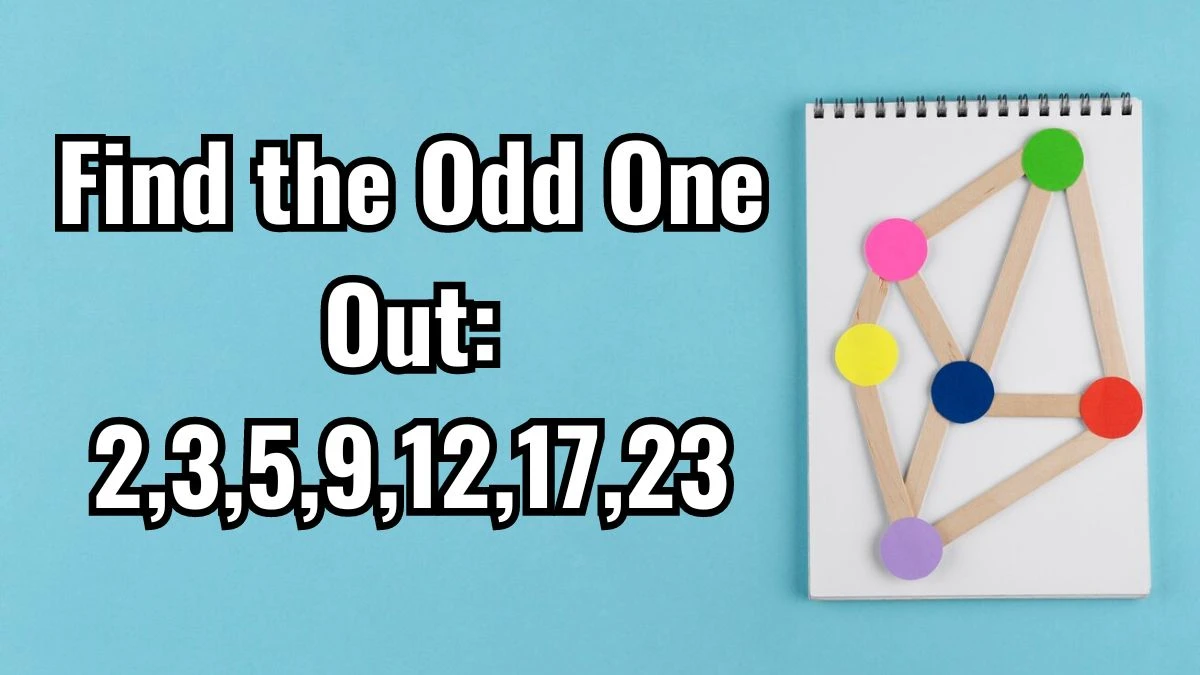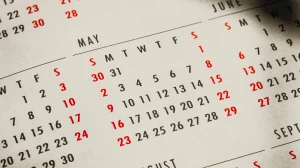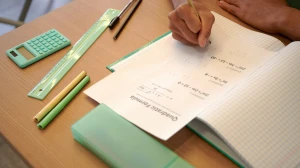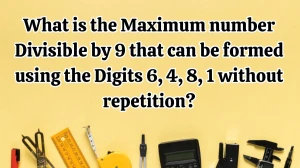Find the Odd One Out: 2,3,5,9,12,17,23
by
Updated Jun 04, 2024

Find the Odd One Out: 2,3,5,9,12,17,23
The given sequence is 2, 3, 5, 9, 12, 17, 23.
Upon closer inspection, we can observe that each number in the sequence is obtained by adding a consecutive integer to the previous number.
Starting from 2, we add 1 to get 3 (2 + 1 = 3), then add 2 to get 5 (3 + 2 = 5), and continue this pattern.
- 2 + 1 = 3
- 3 + 2 = 5
- 5 + 3 = 8
- 8 + 4 = 12
- 12 + 5 = 17
- 17 + 6 = 23
However, when we apply this pattern, we find that 9 does not fit the sequence correctly. The expected number after 5 in this pattern should be 5 + 3 = 8, but instead, 9 is given in the sequence. This discrepancy makes 9 the odd one out in the sequence, as it breaks the consistent addition pattern of increasing integers. Therefore, 9 is the correct answer as the odd one out in the sequence.
Rules for Identifying the Odd One Out
Check out the rules used in identifying the odd one out in number sequences, which are as follows:
Pattern Recognition
The first rule involves recognizing patterns within the sequence. This could include simple arithmetic progressions like adding or subtracting a fixed number, or more complex patterns like alternating between prime and non-prime numbers.
Consistency Check
Another rule is to check the consistency of the pattern. Each number in the sequence should follow the same rule or pattern without any deviations. Any number that doesn't relate to the established pattern is considered the odd one out.
Number Relationships
Understanding the relationships between consecutive numbers is crucial. For instance, in an addition pattern, each number is obtained by adding a fixed amount to the previous number. In a multiplication pattern, each number is obtained by multiplying the previous number by a constant factor.
Pattern Extension
Sometimes, the rule extends beyond immediate neighbors in the sequence. It may involve looking at the overall progression of numbers and identifying how they relate to each other in a broader context.
Logical Deduction
The process of identifying the odd one out often requires logical deduction based on the observed pattern. This involves reasoning through the sequence and determining which number deviates from the expected progression.
Odd One Out in Number Sequences
Finding the odd one out in a sequence involves identifying the number that doesn't follow the pattern or rule applied to the other numbers. This can be done by observing how each number in the sequence relates to the ones before and after it.
In some cases, the pattern might involve simple addition or subtraction, where each number is obtained by adding or subtracting a fixed amount from the previous number. Other patterns could involve multiplication, division, or more complex mathematical operations.
To find the odd one out, one needs to carefully analyze the sequence and look for any numbers that don't fit the established pattern. These numbers, which deviate from the expected progression based on the pattern, are considered the odd ones out.




